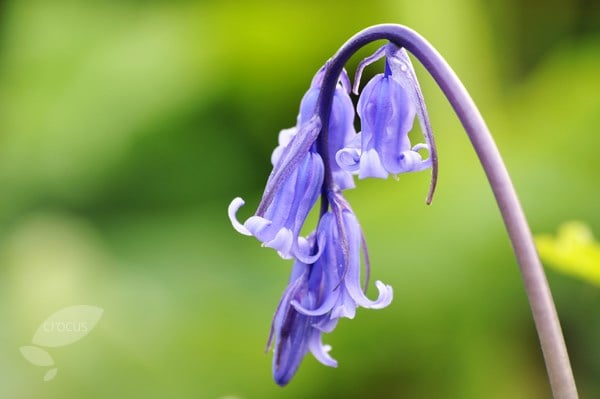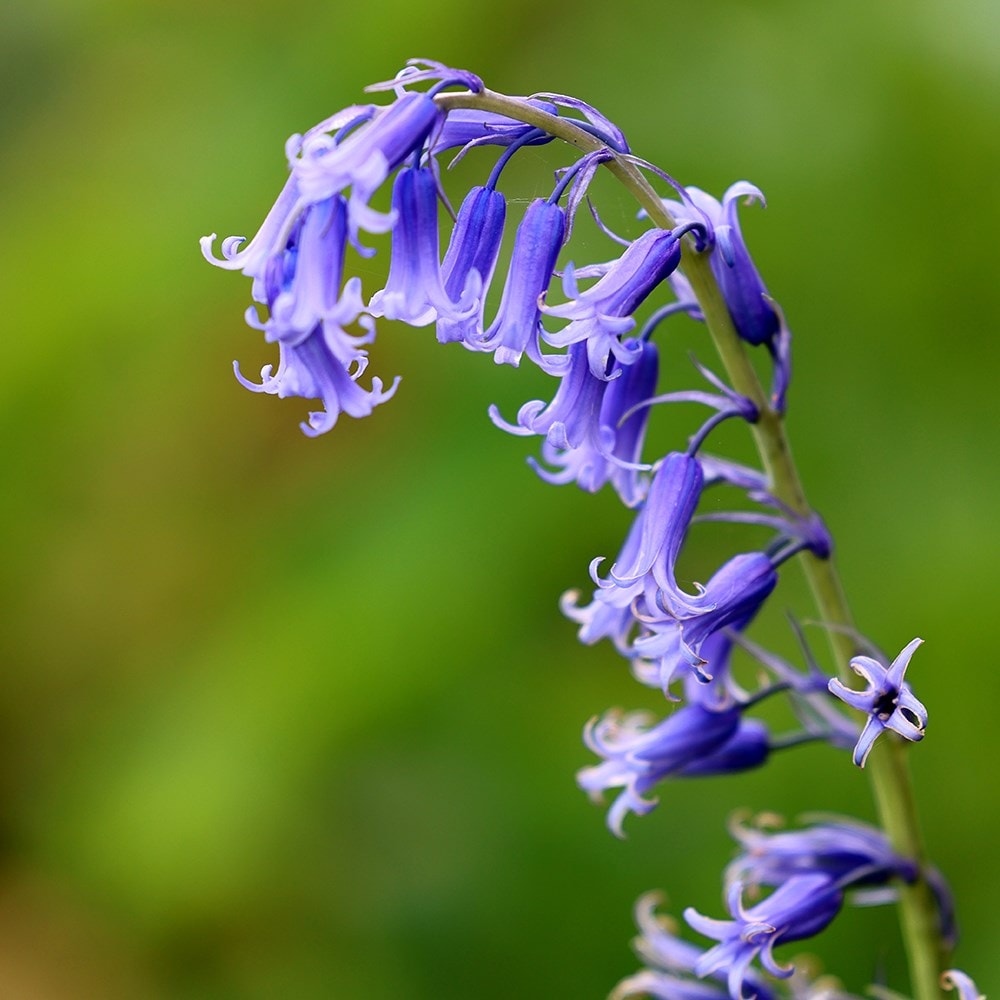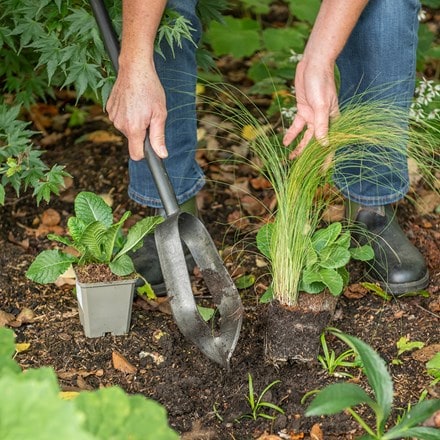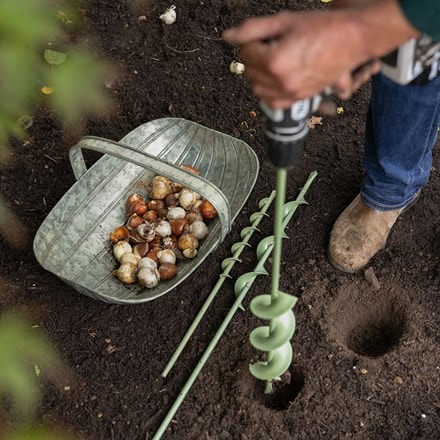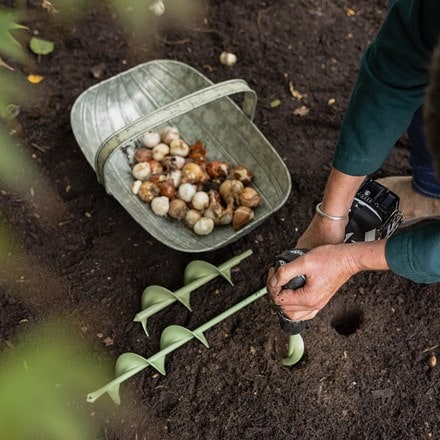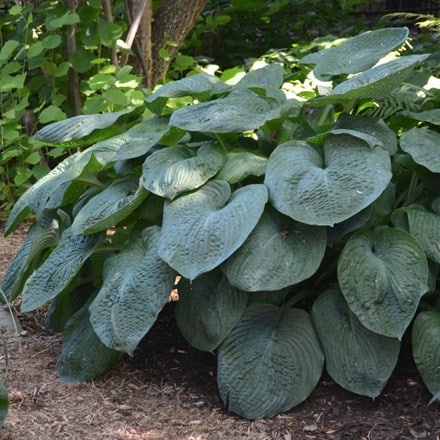Hyacinthoides non-scripta
bluebell bulbs
- 10 × bulbs
- £9.99 £12.49 £1.00 each
- In stock (shipped within 1-2 working days)
- 100 × bulbs
- £67.19 £83.99 £0.67 each
- In stock (shipped within 1-2 working days)
- 15 + 10 FREE bare roots | in the green
- £24.99 £1.00 each
- Delivered by mid-March
- 9cm pot | 3 per pot
- £8.99
- available to order from winter
Delivery options
- Bulbs (only) £4.99
- Position: partial shade
- Soil: humus-rich, moist, well-drained soil
- Rate of growth: fast-growing
- Flowering period: April to May
- Hardiness: fully hardy
- Bulb size: 6/8
English bluebells are much loved for their stout spikes of bell-shaped, blue flowers in April and May.
They are perfect for naturalising in a partly shaded woodland garden or underneath the canopy of deciduous trees.
Hyacinthoides non-scripta quickly spread to form large clumps, so if you want to keep English bluebell numbers down in herbaceous or mixed borders, it's best to remove the faded flowerheads to prevent the plant from becoming invasive.
These are sold as bulbs from seed raised plants, which are grown in Norfolk from a licensed breeder.
They are perfect for naturalising in a partly shaded woodland garden or underneath the canopy of deciduous trees.
Hyacinthoides non-scripta quickly spread to form large clumps, so if you want to keep English bluebell numbers down in herbaceous or mixed borders, it's best to remove the faded flowerheads to prevent the plant from becoming invasive.
These are sold as bulbs from seed raised plants, which are grown in Norfolk from a licensed breeder.
These hardy spring bulbs prefer partial shade and moisture-retentive, soil. When planting dormant bulbs in autumn, plant them in naturalistic drifts 10cm (4in) deep and apart in September and October.
For 'in the green' plants, maintain the same depth they were growing at previously, in ground prepared with plenty of organic matter such as bagged or home-made well rotted compost.
After flowering, allow the foliage to die back naturally, as this replenishes the bulb's energy for next year's display. Where bulbs are planted in grass do not cut the grass until after the leaves have died right back.
An annual feed with a good general-purpose fertiliser (like Vitax Q4) in autumn will help keep the bulbs growing vigorously.
For 'in the green' plants, maintain the same depth they were growing at previously, in ground prepared with plenty of organic matter such as bagged or home-made well rotted compost.
After flowering, allow the foliage to die back naturally, as this replenishes the bulb's energy for next year's display. Where bulbs are planted in grass do not cut the grass until after the leaves have died right back.
An annual feed with a good general-purpose fertiliser (like Vitax Q4) in autumn will help keep the bulbs growing vigorously.
- Humans/Pets: Harmful if eaten
Goes well with
Pinpoint rotational planter for young plants/bulbs - Crocus by DeWit
small
£49.99
In stock (shipped within 2-3 working days)


